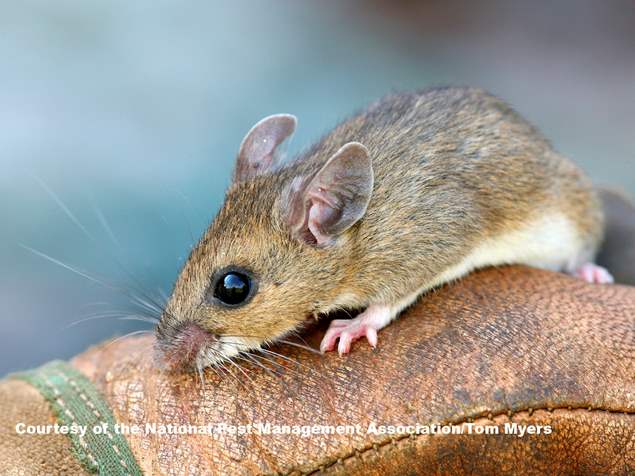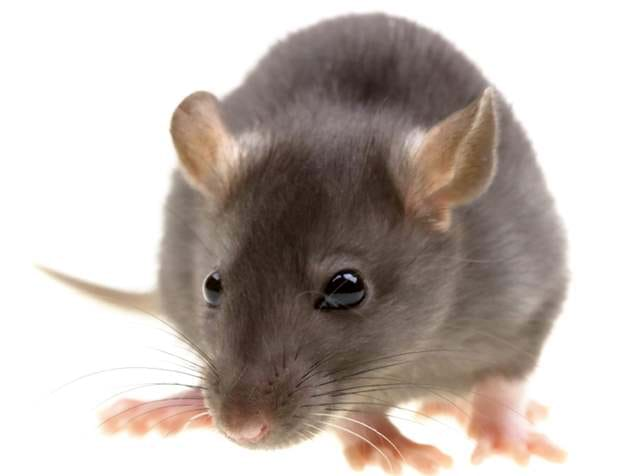rodents 101

As one of the most encountered pests in the home, rodents intrude into millions of houses each year in search of food, water and shelter. Rodents can spread disease, trigger asthma and allergy symptoms and cause costly property damage. It’s vital for homeowners to familiarize themselves with the different species of rodents to understand the threats it poses.

Deer Mice
Deer mice are found throughout the United States. They prefer to nest in rural areas but are known to occasionally enter homes to escape the cold winter weather.
Deer mice are particularly hazardous to human health because they are the most common carrier of Hantavirus. This deadly virus can be transmitted by inhaling dust particles contaminated with urine, feces or saliva from infected deer mice. Because deer mice are commonly found in garages and storage sheds, avoid storing pet food or birdseed in these spaces.

House Mice
House mice are also encountered throughout the Unites States, but as the name suggests, they are more commonly found in the home. House mice prefer nesting in dark, secluded areas within structures.
Like deer mice, house mice are also hazardous to our health. They can contaminate stored food and spread diseases including salmonella, tapeworms and the plague. House mice can also cause costly property damage by chewing through building materials, including electrical wires.
These mice tend to hide in clutter, so keeping storage areas clean and organized can give them less opportunities to hide. It’s also a good idea to store any food in sealed containers to prevent contamination.

Norway Rats
Like house and deer mice, Norway rats can also be found throughout the U.S. When found outside, these rats often hide in piles of garbage or under concrete slabs. When food sources become scarce in the fall, Norway rats enter homes in search of food and shelter. There, they prefer to nest in undisturbed spaces like basements or attics.
Norway rats can carry a wide range of diseases into the home, including the plague, jaundice, rat-bite fever, cowpox virus, trichinosis and salmonellosis. They can also carry fleas and mites. Like house mice, Norway rats are also known to cause property damage by chewing through building materials like pipes. Norway rats have oily fur that leaves grease rub marks behind. It’s important to regularly inspect your home for these marks as well as droppings, gnaw marks or damaged food to detect an infestation.

Roof Rats
Roof rats are commonly found in the coastal states and the southern third of the United States. True to their name, roof rat colonies prefer to nest in the upper parts of structures or trees.
Like Norway rats, roof rats can also spread a variety of diseases, including bubonic plague, typhus, jaundice, rat-bite fever, trichinosis and salmonellosis. If you have fruit trees, it’s important to clean up any fallen fruit that could be a food source for roof rats. Additionally, be sure to store outdoor garbage in properly covered containers.
Next Steps
A rodent infestation can be hazardous to your health and the structural integrity of your home. If you suspect an infestation, contact a licensed pest professional. Rodents can reproduce quickly, which means that infestations can worsen exponentially overnight.

